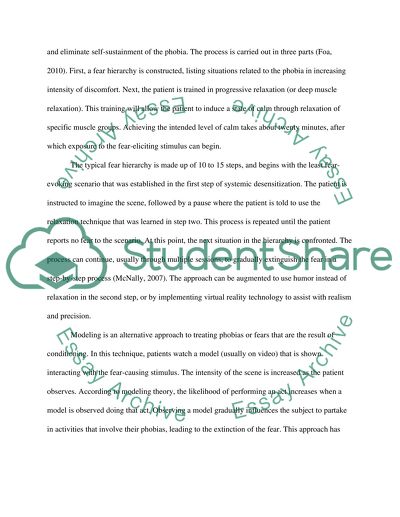Cite this document
(“Behaviorist and Learning Aspects of Personality Research Paper”, n.d.)
Retrieved from https://studentshare.org/philosophy/1433005-behaviorist-and-learning-aspects-of-personality
Retrieved from https://studentshare.org/philosophy/1433005-behaviorist-and-learning-aspects-of-personality
(Behaviorist and Learning Aspects of Personality Research Paper)
https://studentshare.org/philosophy/1433005-behaviorist-and-learning-aspects-of-personality.
https://studentshare.org/philosophy/1433005-behaviorist-and-learning-aspects-of-personality.
“Behaviorist and Learning Aspects of Personality Research Paper”, n.d. https://studentshare.org/philosophy/1433005-behaviorist-and-learning-aspects-of-personality.


